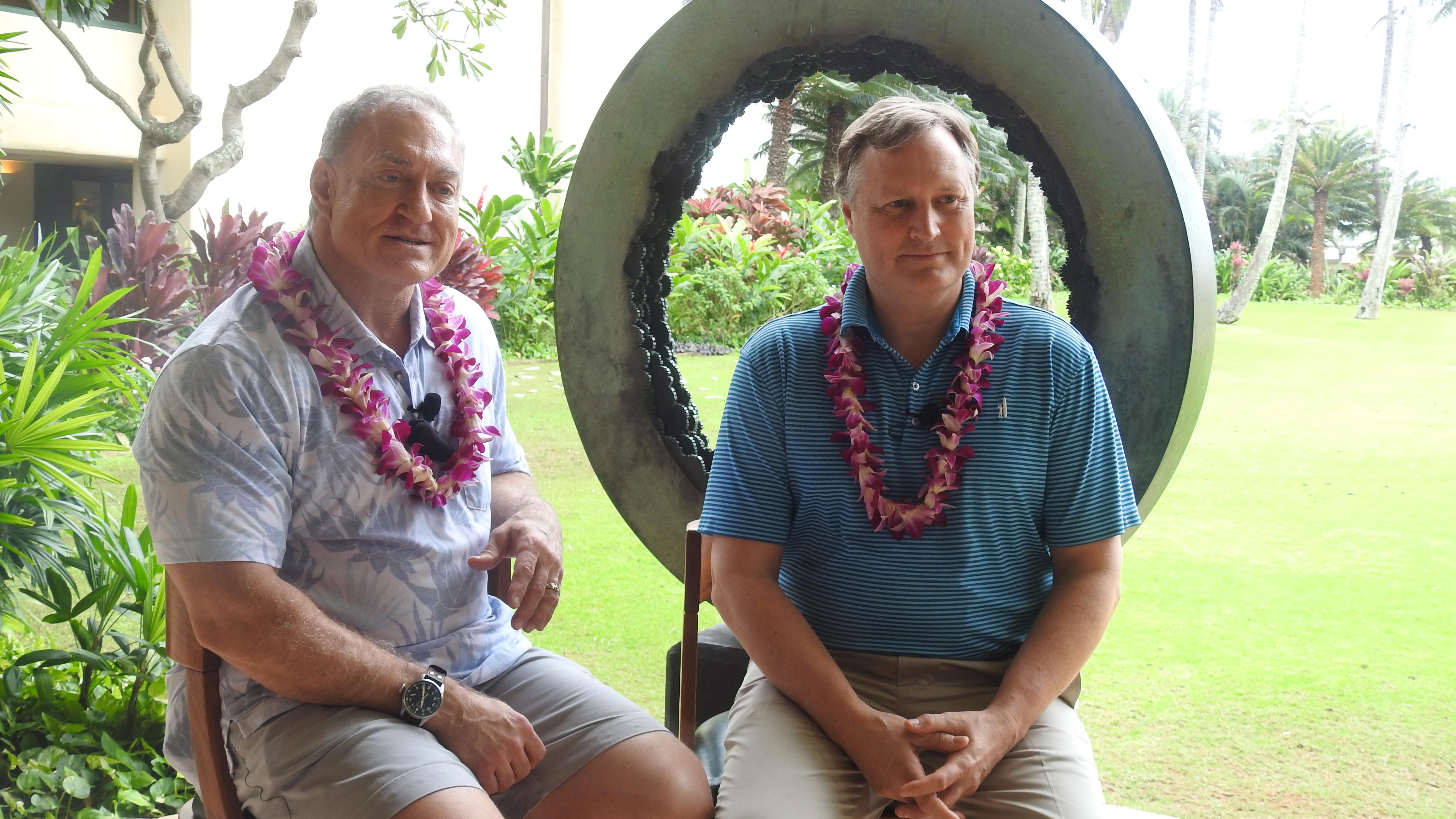More research needed as interest in biologics grows
Click Here to Manage Email Alerts
KOLOA, Hawaii — As interest in orthobiologics continues to grow, Matthew T. Provencher, MD, noted in a Facebook Live event hosted at Orthopedics Today Hawaii that orthopedists need to be cognizant of the exact definition of orthobiologics and where it fits within the specialty.
Although animal and basic science studies have shown promising results for re-growing cartilage, Provencher said the findings have not yet been proven in humans.
“If we have good stuff from [a patient’s] body but then we put it with a carrier, we put it in a bioreactor, ... then we are able to put that back into the knee to help replace the cartilage,” Provencher said. “But to just squirt something into the knee right now or into the hip or the ankle, we are not there yet to be able to regrow cartilage.”
PRP, stem cells
Provencher noted platelet-rich plasma has been beneficial in decreasing inflammation for patients with arthritis in the knee and has been linked to pain relief.
“We know from randomized trials that [platelet-rich plasma] is better than some other things that we have already been doing and already had approved from insurers such as gels or hyaluronic or other viscosupplementation,” he said.

Another area of orthobiologics that has garnered interest is stem cells, which Provencher noted are heavily regulated by the FDA. Currently, orthopedists are not allowed to concentrate or expand stem cells, making the actual amount of stem cells being used in a procedure small, according to Provencher. He noted bone marrow aspirate from the pelvis provides the best stem cells, but the actual stem cell concentration is around 0.01% to 0.1%.
Future research
More research is needed on the use of scaffolds as carriers for the cells, Provencher said.
“We still need to find out what the right carrier is. We still need to find out what is sticky for the cells,” he said. “The worst thing you want to do is [perform] a surgery or do a treatment or an injection in the clinic and then have it wash away right away. There are tissues we are using already that are FDA approved in which we can, even in the operating room, put these cells on and be reasonably sticky.”
Provencher noted future research should also focus on the use of orthobiologics in ACL tears, meniscus tears and tendon healing at the time of injury.
“What we are going to be doing with biologics is intervening at injury, at time zero or time 2 minutes, not waiting until the operating room [and] not waiting until they show up in clinic,” Provencher said. “I think that is going to be important because you can use your own stuff in an anti-inflammatory capacity to help improve your joint longevity.” – by Casey Tingle
Reference:
VIDEO: Romeo, Provencher discuss orthobiologics in orthopedics. Available at: www.healio.com/orthopedics/biologics/news/online/%7B01d32ea3-2441-46ef-a9f7-cd9621d3d7de%7D/video-romeo-provencher-discuss-orthobiologics-in-orthopedics. Accessed Jan. 14, 2020.
Disclosure: Provencher reports he receives royalties from and is a consultant for Arthrex; and receives research support from the American Orthopaedic Society for Sports Medicine, the Arthroscopy Association of North American, the Orthopaedic Research and Education Foundation and the Bureau of Medicine and Surgery.

